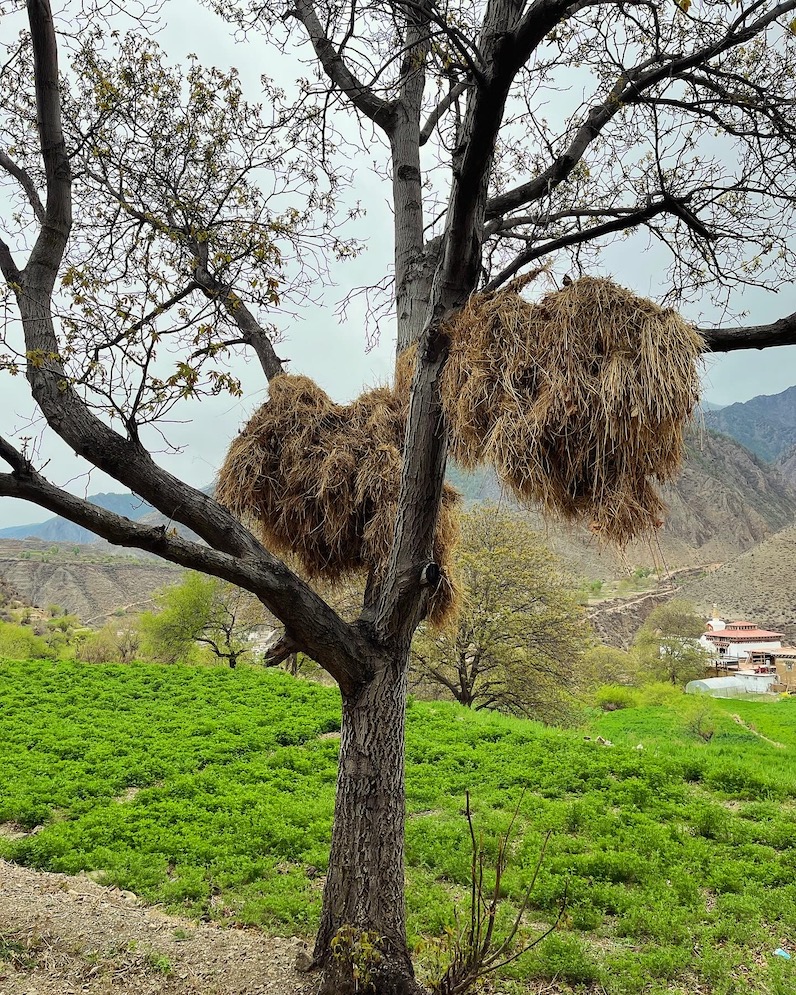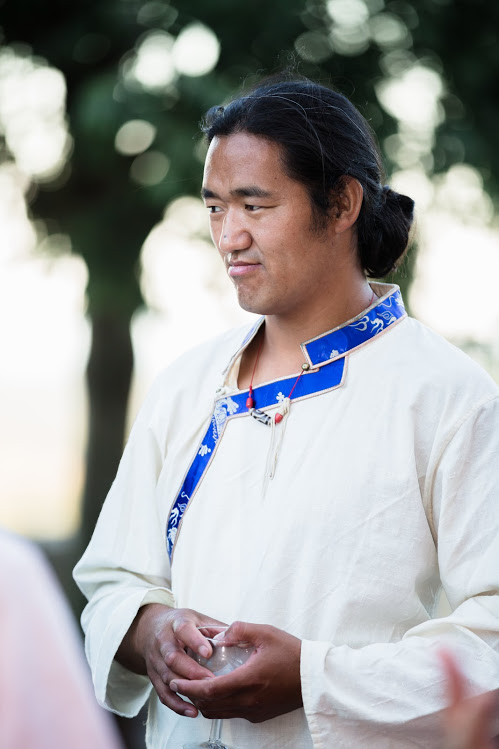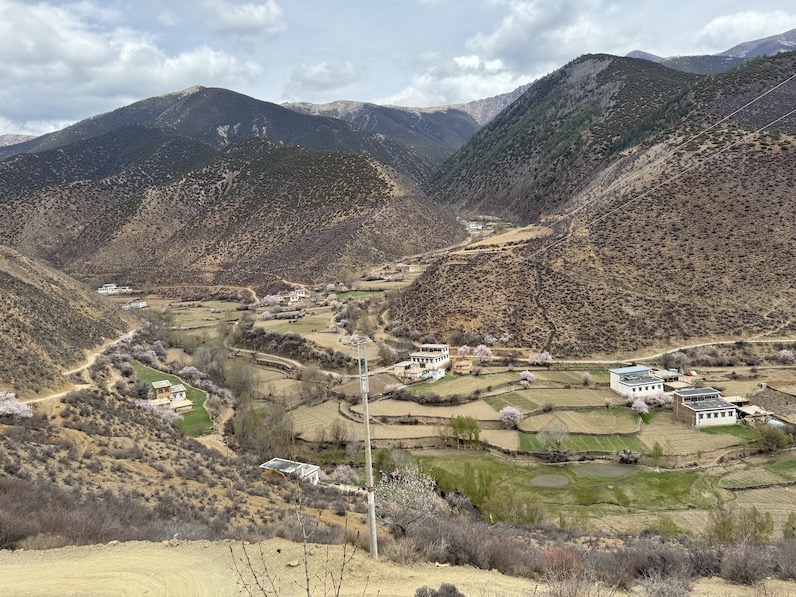When Yeshi and I first got together, his brother Nyima, who now works with us at the restaurant, cautioned him against the relationship. He doubted that a foreigner could enjoy a lifetime of Tibetan food, and Yeshi was the master of the cuisine and its greatest advocate.
There are many challenges to our relationship. Food – and those of you who eat with us at the restaurant or food stall will surely understand my position here – definitely isn’t one of them. But my inability to withstand the cold is surely up there. I am just not adapted.
Last week we had our first chilly spell of the season. Yeshi loves a big freeze. His hands work magic with a fire, and of course he has all the warming Tibetan dishes we need at his fingertips.
He has adapted, just like the other animals on the Tibetan Plateau. Wild yaks, he explains, are actually uncomfortable at elevations below 3,000 metres: they don’t have many sweat glands, so they overheat when the temperature rises.
Domesticated yaks – a process that probably took nomads in Tibet thousands of years – can survive at lower altitudes, and before the winter, Yeshi and Nyima’s brother Jamphel brings his herd of yaks and yak/cattle hybrids (dzo in Tibetan) down to the village, where temperatures are more comfortable for the human animal.
Back home, everyone is working hard right now to gather together all the vegetation the yaks and dzo will need to get them through winter. Turnip leaves pack the most nutritious punch: brother Jamphel and other family members are busy drying them out and stockpiling them for the season.
When we were in the village in Tibet in April, we found plenty of dried grasses still slung over the trees in the valley (pictured). These are collected in the nearby fields and sometimes bagged up and brought home, where the herd stay during winter, but they also provide for a delicious snack for passing yaks and dzo out on their daily strolls.
If – like me – you’re in the market for survival tips for the season, Episode 2 of David Attenborough’s Asia has plenty on the yak and other smaller, less celebrated mammals of the Tibetan Plateau. The series is currently streaming on iPlayer and is evidently fabulous.
If you’re simply in need of good winter forage, you know where to come. The restaurant is open for all the nutritious dishes you desire as usual this week, opening times as follows:
Weds – Fri: 5-9.30pm (dinner only)
Saturday: 12-3 (lunch) / 5-9.30pm (dinner)
Sunday: 12-3 (lunch) / 5-9pm (dinner)
This week’s menu is up on the website – check it! Come by for take away, dine in or you can order home delivery through Deliveroo.
Our freezers are also full right now with all the delicious dishes you don’t have time to make yourselves – though we have good stocks of signed cookbooks if you do. We have plenty of chilli oil as well: pop in for yours or head to the website for online orders.
Finally, if you enjoy reading Postcards From Tibet, subscribe to our Substack for Postcards direct to your inbox – with a discount or freebie guaranteed every week. Click here to join the community.
Looking forward to seeing you soon!
Julie and Yeshi
Opening hours this week:
Weds – Fri: 5-9.30pm
Saturday: 12-3pm 🥢 5-9.30pm
Sunday: 12-3pm 🥢 5-9pm
☏ 01865 49931
Do you love the Taste Tibet cookbook? Please take a minute to leave us a review 🙏🏽








